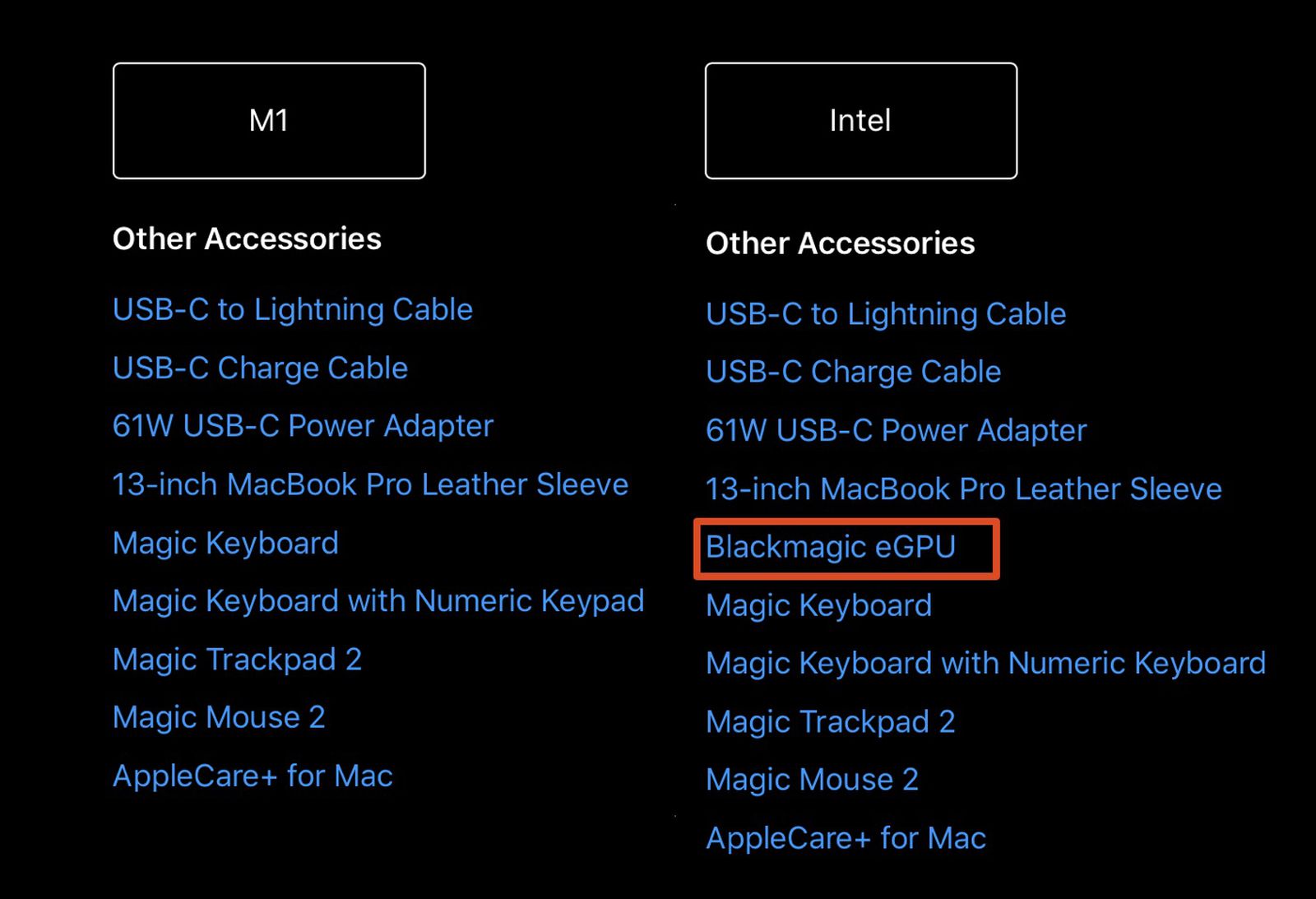So it looks like Apple is giving consumers the original basic mac pro tower they screamed about wanting when the 7,1 was released...?
Not really. Maybe three slots here (possibly two Just an MPX bay worth ). That is less slots than the Mac Pro 2009-2012 ( which had four)
It is going back to the more expected entry price range (probably back to $2,999 +/- $300 ) . it isn't going back to the enclosure. ( "Just slap a new motherboard in the old cheese-grader enclosure).
Depending on just how close to "half" the size it is getting the space for the add-in 3.5" SATA drive frame might get left behind on this "half sized" variant too. To some extent the SATA lane provisioning Apple gets for "free" with the Intel Xeon W3000 series required PCH I/O controller chip. No Intel I/O controller chip ... just how how keen is Apple going to be be about provisioning SATA ??? [ they could use a 3rd party discrete controller. But are they interested in doing the PCI-e lane provision for that and the driver(s) upkeep ? ]
In Full scale Mac Pro 2019 Apple has "left over" space down stream of the hot CPU cooler for heated air where they nominally put nothing. If Apple wants to put something there that they want to now that it isn't substantively heated air zone. ( e.g. move the DIMMs or NAND daughter cards to the front side since loosing so much backside area ) is there going to be "empty , vacated" room for the aftermarket bolt on SATA drive caddy anymore.
But if Apple is trying to cater to the small scale tinker folks then room for the add in SATA bracket would make them happier . [ if the CPU isn't quite so hot on the bottom of the board then 4 DIMM could move to zone beneath the CPU mount point. (which is actually closer). Smaller backside blower (for 700W (or less) Power supply) and NAND cards could fit in the reduced backside area. )
But will they be happy if it is not as expandable as the 7,1?
The screams that came mainly from expense magnitude. ( from entry price going up 100% ). Yeah, a reasonably high fraction of those folks will be happy. xMac folks looking for "box with slot" pricing equivalent to the rest of the classic WinPC low-to-mid range market. Nope.
If go back to Mac Pro slot survey of folks on 2009-2010 models a large block of folks had (or 2-3 out of these four).
one Apple supported boot GPU
one more recent GPU
one SSD caddy add-in-card
one USB updated I/O card ( USB 2.0 was down rate ancient by the second half of the model 5,1 service lifetime).
USB 4 / Thunderbolt blunts the deep need for the last. (and if mimic MP 2019 with replaceable semi-custom I/O card then even less need ). If there is a Apple GPU integrated into the SoC that obviates the need for the first (can "fall back" to using Apple iGPU if need full features for some diagnostics reason) . With just two slots can make more than a few folks happy. Don't solder the RAM and or the NAND for the system SSD and will be in a pretty good zone where upgrades can be done in the future. Two general slots can be provisions out of a single MPX bay.
Two slots means could move up to a newer GPU card later and avoid the "T2 SSD". Being stuck with a fixed GPU of Apple's choosing and only to Apple's SSD both draw a decent amount of griping about in these forums. Just two slots lets folks put their month where their mouth is on the bickering aspect.
[ There is a presumption above that Apple isn't going to kill off all 3rd party GPU cards. Personally I think they are just de-prioritizing them to year 2 of the transition. ( or at least macOS 11.1 (next Fall ) ). ]
If long term don't take away the full size Mac Pro than can make both halves of the old Mac Pro camp happy. Folks who do have lots more add-in-card needs would go full size.
One MPX bay. one x16 single width bus powered slot , and one semi-custom half length x4 PCI-e v3 I/O card slot would work even better on both sides. Apple could squeeze in some Afterburner configs. Users would have some more card variety in the low end machine (e.g., someone who is still hooked to Firewire for so odd reason could swap in a card ... if ASi macOS still has drivers for that. ) . That would probably slide to being a bit over half as tall.




